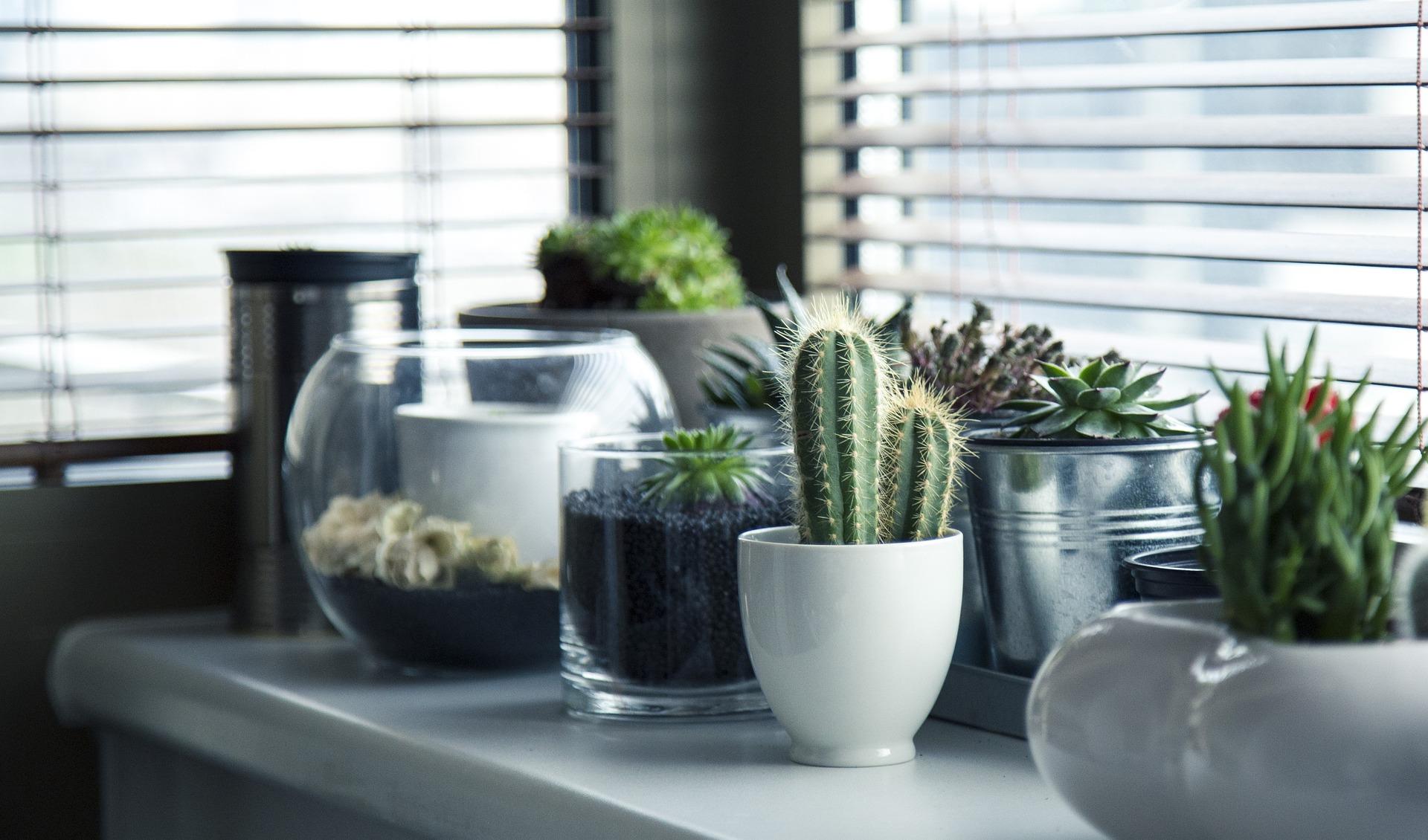Smart irrigation basics for residential green spaces
Smart irrigation can make residential green spaces healthier while reducing water use. This article outlines practical approaches for balconies, patios, containers and yards, covering system types, soil and mulch strategies, and maintenance habits that support sustainability and plant health.

Smart irrigation planning helps homeowners balance plant needs with water conservation and overall landscape health. Whether you tend balcony houseplants, manage a container garden on a patio, or care for a larger yard with perennials and succulents, thoughtful irrigation reduces waste and supports healthier soil structure and root development. This article explains core concepts—from matching systems to plant type to integrating composting and mulch—so you can design or refine an irrigation approach that fits your space and sustainability goals.
How does irrigation save water in landscaping?
Targeted irrigation reduces runoff and evaporation compared with broad overhead sprays common in traditional landscaping. Drip lines and soaker hoses deliver water directly to root zones for shrubs, trees and garden beds, while well-timed schedules avoid unnecessary cycles. Good scheduling—based on soil moisture and plant stage—limits unnecessary cycles, improving sustainability and lowering overall water use on your property. Incorporating soil sensors or simple manual checks helps adjust frequency seasonally, reducing waste and ensuring plants get moisture when they most need it.
What irrigation suits balcony and container plant setups?
Containers and balcony setups have different needs because pots dry out faster and have limited soil volume. Microdrip kits, small reservoir-based self-watering containers, and wicking systems are effective for container houseplants and mixed balcony displays. Group containers by similar water needs to simplify scheduling. Timers with short, frequent cycles or moisture-sensing controllers can prevent both under- and overwatering, and portable solutions allow renters to upgrade irrigation without permanent alterations to patios or balconies.
Which systems fit succulents and perennials best?
Succulents and many drought-tolerant perennials prefer infrequent, deep irrigation that encourages deep rooting while letting the surface dry between events. Low-flow drip emitters or pulse watering schedules give deep wetting without prolonged saturation that can harm shallow-rooted succulents. For perennials, place emitters near the root zone rather than spraying foliage to limit disease. Selecting emitter flow rates based on plant water demand and soil infiltration rates reduces stress and supports resilient plantings over time.
How do soil, mulch, and composting support irrigation?
Soil composition and organic matter determine how water moves and is held; good soil structure promotes even moisture distribution. Adding compost improves water retention and nutrient availability while supporting microbial life in beds and large containers. Mulch reduces surface evaporation and moderates temperature fluctuations—apply a 2–3 inch layer around beds to conserve moisture. For container mixes, balance drainage and retention with components such as compost, peat or coir and coarse materials to prevent waterlogging while holding enough moisture between irrigations.
How can patio and hardscaping integrate with irrigation?
Irrigation should protect hardscaping and patios by directing water away from paved surfaces and into plant root zones. Conceal drip tubing along hardscape edges or under groundcover to keep lines tidy and prevent tripping hazards. When planning decor or container layouts on patios, allow access to connections and valves for maintenance. Proper grading and the use of permeable hardscaping materials can reduce runoff and allow irrigation to recharge soil rather than flow into storm drains, supporting water retention on site.
What role do upcycling and sustainability play in system choices?
Upcycling barrels, old containers and reclaimed piping can form inexpensive rainwater-harvesting systems that feed irrigation, reducing reliance on municipal water. Choosing durable tubing, reusable emitters and recyclable components extends system life and lowers waste. Pairing native plantings and xeriscape principles with composting routines further cuts water demand. Regular maintenance—flushing lines, checking emitters, and seasonally adjusting timers—keeps systems efficient; sustainable choices both reduce resource use and often save time and money over the lifetime of an installation.
Conclusion Effective residential irrigation blends appropriate technology with good soil management, plant selection and routine maintenance. By matching systems to specific needs—balcony houseplants, container setups, succulents or perennial beds—and by using mulch, composting and sustainable practices such as upcycling, homeowners can maintain attractive, resilient landscapes while conserving water and supporting long-term soil health.





